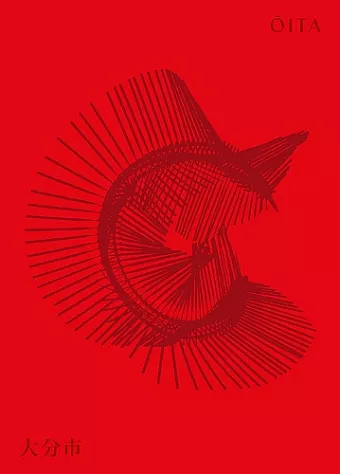Oita
Japanese bamboo art from the Oita area
Philippe Boudin author Zoe Niang author
Format:Paperback
Publisher:Galerie Mingei
Published:21st Nov '19
Should be back in stock very soon

Ōita Prefecture – and the spa town of Beppu in particular – has held a central position in the development and dissemination of the bamboo arts in Japan for more than a century. This cottage industry was promoted by central government at the end of the Meiji era (1868–1912) as it looked for ways to export handicrafts for display at world’s fairs. Craftsmen were encouraged to produce high-quality pieces, some of their creations attaining the level of real artworks. The success of this enterprise relied fundamentally on the transmission of knowledge and the education of weavers in an academic setting. The first vocational school to offer this kind of training was the Beppu Advanced Industrial Arts and Technology Institute founded in 1902, where artists working in the field continue to be provided with the skills required. The master–disciple relationship is at the core of this demanding art form. From the early twentieth century to Japan’s entry into the Second World War, the Ōita area’s industry in luxury bamboo objects prospered and more than twenty craftsmen from the region had their works shown in museums, both in Japan and abroad. The artist Shōno Shōunsai (1904–1974), who became the first practitioner of his discipline to be named a Living National Treasure, undeniably blazed the trail for the production of contemporary works, not only by training many of the artists widely recognized today (Abe Motoshi and Nakatomi Hajime among others), but also with his sculptural and “modern” approach, nourished by a keen and finely honed appreciation for design. Many artists of the Ōita region have chosen to follow this path, as may be seen in the works shown in this exhibition catalogue.
ISBN: 9782956615026
Dimensions: 320mm x 230mm x 10mm
Weight: 525g
72 pages